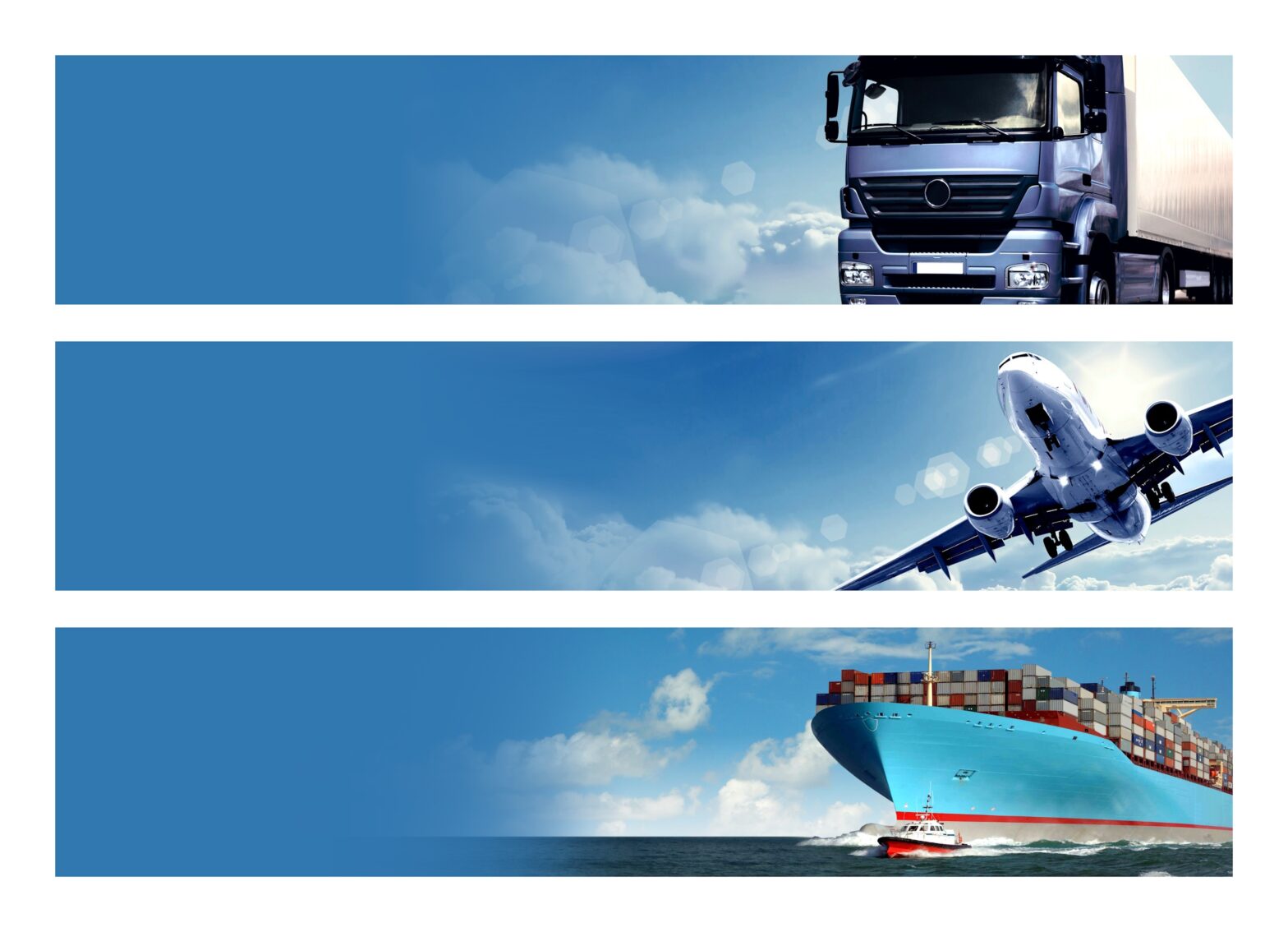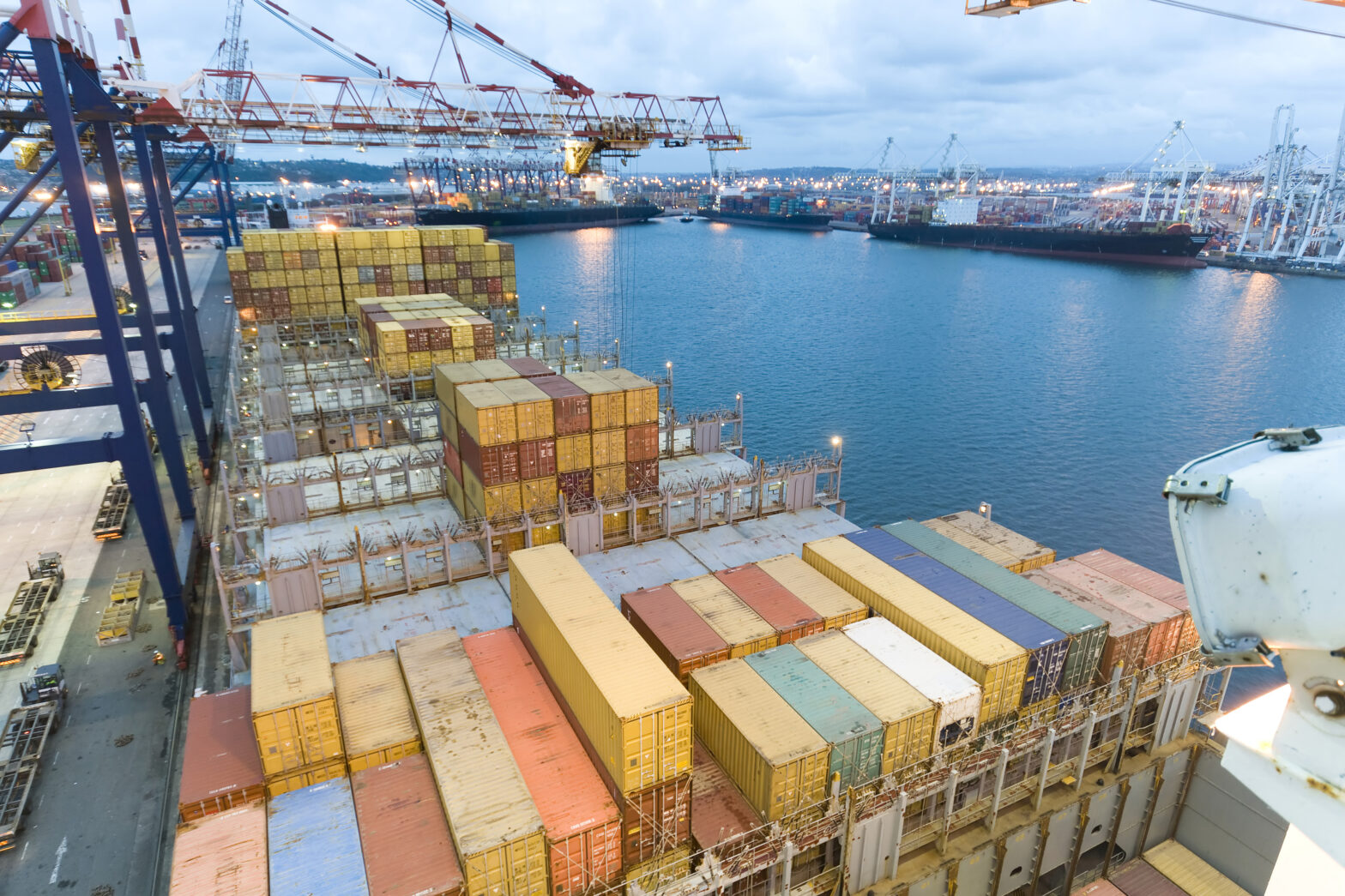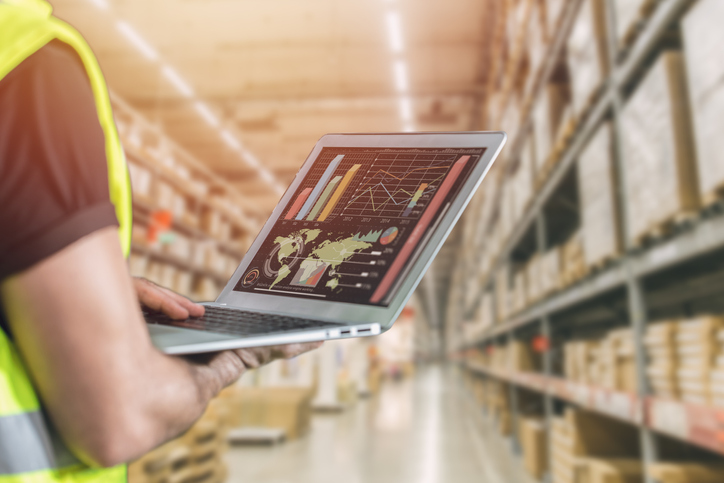One of the most expensive aspects of running a business can be the costs of logistics. It is imperative to focus on the opportunities to reduce costs – but at the same time, think laterally about how to do so. Doing it the wrong way can produce disastrous outcomes and wind up costing more in the long term and across the end-to-end supply chain. Paul de Guingand, solutions design director at Adjuno, discusses best practice for reducing inbound logistics costs.
The first step in designing an effective inbound supply chain is to consider these common desired outcomes:
· Speed to market – a key service measure deliverable
· Low cost – for comparison it’s best to consider cost per cubic metre (CBM)
· Reliability – businesses need to trust their supply chain
· Visibility – knowing where orders are and when they are coming
· Flexibility – ability to respond when situations change
· Lowest inventory – a rapid response supply chain helps avoid building up too much inventory
What are the shipping options?
Here’s a brief overview of some shipping options and how these might impact outcomes.
FCL shipping – or Full Container Loads.
This is the cheapest means of shipping, but only if the supplier fully loads the container – ideally 28+CBM for a 20’ Container. However, buying more stock than needed (to fill the container), will increase your inventory levels. So, you need to weigh these savings against the cost of holding additional stock.
LCL shipping– Less than Container Loads – typically under 10CBM.
This uses 3rd party Consolidators at origin and destination to co-load a business’s stock with other shippers. This enables companies to buy only as much stock as they need – BUT it adds about a weeks lead time at each end for the consolidation process, and is considerably more expensive – at least double the cost of FCL shipping on a per CBM basis.
Airfreight – in bulk, typically from 0.5-5CBM.
This is a load from the supplier to a company’s Distribution Centre. This is typically in the magnitude of 10 times as expensive per CBM as the cost of FCL shipping, but it is much quicker.
Airfreight
Parcel direct, allows for individual orders to be shipped direct to customer, and can bypass domestic warehousing operations, as this is done offshore with cheaper labour costs. It’s the most expensive form of freight, but can work if high value products are shipped direct to customers.
Other factors to consider
· Import customs clearance process – using a knowledgeable service provider can ensure that businesses clear their products correctly and pay no more duty than is required. It is important to automate this to the extent that it is made possible through the integration of your system with the Freight Forwarder system.
· Buying Terms – How companies buy from their vendors is very important. One of the potential terms that can help is FCA (Free to Carrier depot), rather than FOB (Delivered “Free On Board”) or EXW (Ex works). The key difference is the amount vendors will need to pay to get it to the delivery point. Under FCA terms, this provides the opportunity for businesses to take ownership and consolidate multiple vendors in the one shipment. The forwarder will charge for the handling – but it can be worth it.
Final Thoughts
To get the best results for your organisation, those designing an inbound logistics system need to think laterally and focus on the individual needs and desires of the business. Without a clearly structured shipping plan, lead times can grow as can customer dissatisfaction. Businesses shouldn’t be afraid to negotiate buying terms with their vendors; as long as they consider the costs to both parties then it can be beneficial to all.
Finding the right solution for a business can save huge costs (especially if shipping from abroad), and at the same time can improve service levels. Increasing your supply chain visibility enables better planning and a more reliable and regular service to customers, helping businesses form and maintain a positive reputation.





